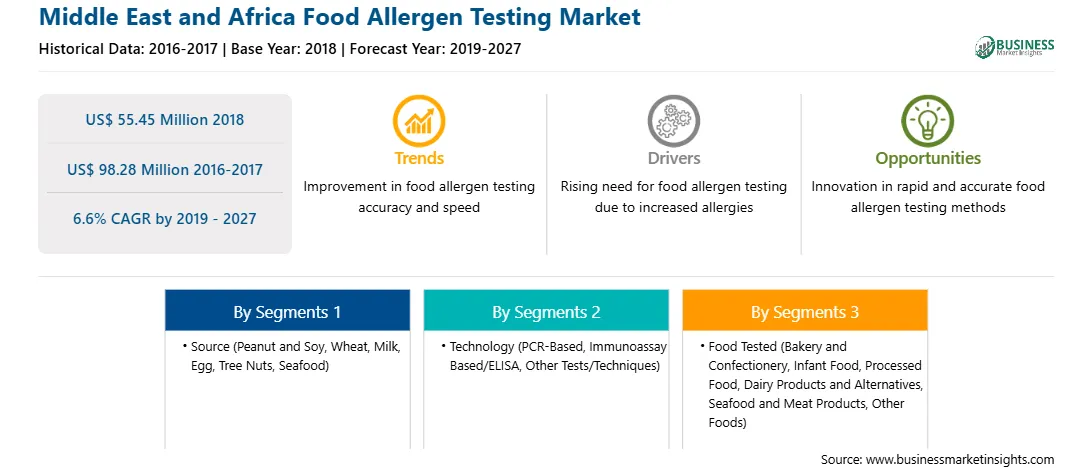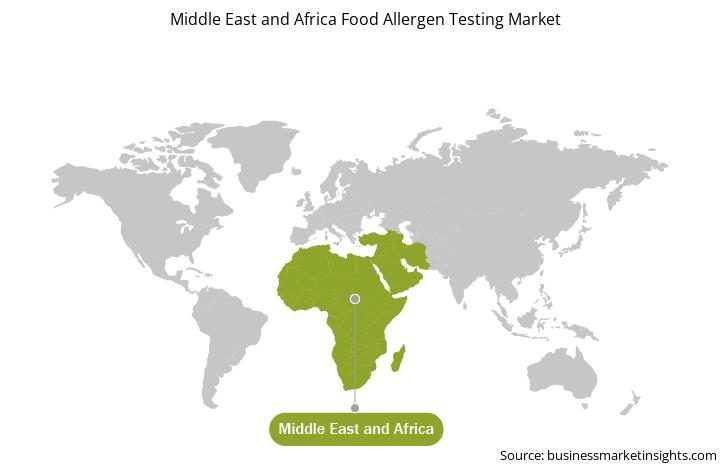The MEA region includes countries such as South Africa, Saudi Arabia, UAE, and the rest of MEA. The region is expected to witness a rapid increase in commercialization and industrialization, which would further boost the varied industrial sectors. The Gulf countries are economically developed countries, whereas the African countries are yet to match up to the economic conditions of the Gulf countries and lag far behind. The harsh weather conditions of the desert, lack of unskilled laborers, and high labor wages in the region act as huge hindrances to the establishment of the production plant. However, Urbanization in the Middle Eastern is transforming the outlook of countries. Middle Eastern countries look ahead for the adoption of advanced technologies and also stand amongst the most highly urbanized region which faces construction of with new cities. Responding towards a shift occurring in global economic power has positioned the Middle East firmly as a world’s fastest-growing market, including Dubai and Abu Dhabi, with an aim to turn into global hubs.
Strategic insights for the Middle East and Africa Food Allergen Testing provides data-driven analysis of the industry landscape, including current trends, key players, and regional nuances. These insights offer actionable recommendations, enabling readers to differentiate themselves from competitors by identifying untapped segments or developing unique value propositions. Leveraging data analytics, these insights help industry players anticipate the market shifts, whether investors, manufacturers, or other stakeholders. A future-oriented perspective is essential, helping stakeholders anticipate market shifts and position themselves for long-term success in this dynamic region. Ultimately, effective strategic insights empower readers to make informed decisions that drive profitability and achieve their business objectives within the market.

| Report Attribute | Details |
|---|---|
| Market size in 2018 | US$ 55.45 Million |
| Market Size by 2027 | US$ 98.28 Million |
| Global CAGR (2019 - 2027) | 6.6% |
| Historical Data | 2016-2017 |
| Forecast period | 2019-2027 |
| Segments Covered |
By Source
|
| Regions and Countries Covered | Middle East and Africa
|
| Market leaders and key company profiles |
The geographic scope of the Middle East and Africa Food Allergen Testing refers to the specific areas in which a business operates and competes. Understanding local distinctions, such as diverse consumer preferences (e.g., demand for specific plug types or battery backup durations), varying economic conditions, and regulatory environments, is crucial for tailoring strategies to specific markets. Businesses can expand their reach by identifying underserved areas or adapting their offerings to meet local demands. A clear market focus allows for more effective resource allocation, targeted marketing campaigns, and better positioning against local competitors, ultimately driving growth in those targeted areas.

The food allergen testing market in the MEA is expected to grow from US$ 55.45 million in 2018 to US$ 98.28 million by 2027; it is estimated to grow at a CAGR of 6.6% during 2019–2027. Rapid growth in the food and beverages industry and growing international trade activities involving food and food ingredients are projected to provide opportunities for the growth of key players operating in the food allergen testing market. The imported food and food ingredients are strictly checked against quality and labeling standards. Therefore, the food and beverage manufacturers exporting their products in developed regions have to follow stringent food safety and labeling regulations. This further raises the need for food allergen testing products and services.
COVID 19 has impacted the major countries in the MEA. Most of the countries in the MEA are under lockdown, which is limiting the food allergen testing market growth. Saudi Arabia has the highest number of COVID-19 cases, followed by South Africa and the UAE, among others.
In terms of source, the milk segment accounted for the largest share of the MEA food allergen testing market in 2018. In terms of technology, the immunoassay-based /ELISA segment held the largest market share in 2018. In terms of food tested, the dairy products and alternatives segment account for the largest share of the MEA food allergen testing market.
A few major primary and secondary sources referred to for preparing this report on the MEA food allergen testing market are company websites, annual reports, financial reports, national government documents, and statistical database, among others. Major companies listed in the report are Eurofins Scientific SE
MEA Food Allergen Testing Market – By Source
MEA Food Allergen Testing Market – by Technology
MEA Food Allergen Testing Market – by Food Tested
MEA Food Allergen Testing Market – by Country
The List of Companies - Middle East and Africa Food Allergen Testing Market
The Middle East and Africa Food Allergen Testing Market is valued at US$ 55.45 Million in 2018, it is projected to reach US$ 98.28 Million by 2027.
As per our report Middle East and Africa Food Allergen Testing Market, the market size is valued at US$ 55.45 Million in 2018, projecting it to reach US$ 98.28 Million by 2027. This translates to a CAGR of approximately 6.6% during the forecast period.
The Middle East and Africa Food Allergen Testing Market report typically cover these key segments-
The historic period, base year, and forecast period can vary slightly depending on the specific market research report. However, for the Middle East and Africa Food Allergen Testing Market report:
The Middle East and Africa Food Allergen Testing Market is populated by several key players, each contributing to its growth and innovation. Some of the major players include:
The Middle East and Africa Food Allergen Testing Market report is valuable for diverse stakeholders, including:
Essentially, anyone involved in or considering involvement in the Middle East and Africa Food Allergen Testing Market value chain can benefit from the information contained in a comprehensive market report.